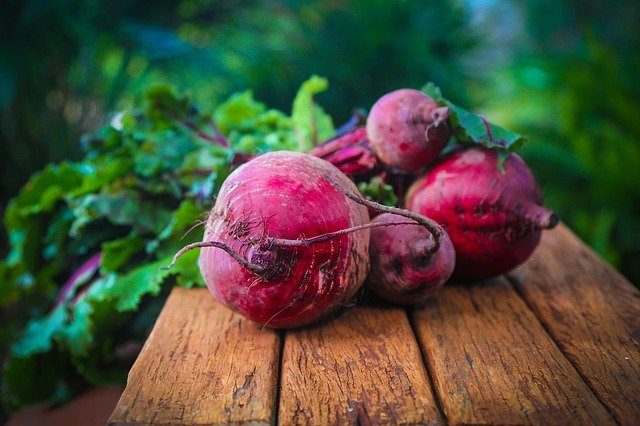A couple weeks ago, I told a friend (who isn’t so into fitness) what I spend each month on groceries. She nearly fell off her chair.
If you’re like me, food is probably close to 50 percent of your monthly spending, because you like to eat good quality foods—and a lot of them. And they’re not cheap, especially the protein.
There’s no way around it: If you value your health and what you’re putting in your mouth everyday, and if you’re an athlete and your body demands more calories than most, your food bill won’t be small. However, there are certainly clever ways to save money on groceries. It just takes a little bit more effort and creativity.
7 tips to save money on food:
1. Buy a no reason turkey
Generally speaking, most of us only make a full turkey bird twice a year at the most: Thanksgiving and Christmas. So while the thought of making a full turkey in February almost sounds weird, it’s time to wrap your head around the idea, because it can provide some serious bang for your buck.
Right after Christmas, Thanksgiving and Easter, turkeys tend to go massively on sale, especially fresh turkeys, which quickly need to be cleared.
I just bought a 14-lb. turkey two days after Christmas for CA$10 (that’s like USD $7.50). I popped it in the freezer and will likely make it in a month or two. I’ll be good for a dinner or two, and the rest I can turn into a giant pot of slow-cooked turkey soup and maybe a turkey lasagna with zucchini noodles. Here’s a great recipe for a turkey lasagna. It calls for ground turkey, but it’s as good with leftover turkey from a roasted bird.
The same is true of ham. Right after a big occasion, they go on sale for a fraction of their regular cost and can be turned into all kinds of various meals.
2. Lose the list
Part of the reason we spend so much money on food is because we tend to go to the grocery store with a list of vegetables and a specific protein we plan to use for dinner that night.
While it’s nice to be organized and have a dinner plan, this usually leads to spending more money than if we showed up with the mindset of buying whatever vegetables and protein are on sale. And if something is really on sale, buy a little extra and pop it into the freezer.
Planning dinners this way does require a bit more creativity and culinary talents, especially if you end up buying a cut of meat and vegetables you have never cooked before, but that’s what Google is for.
3. It doesn’t have to be skinless/boneless
So many of us stick to cuts of meat we’re comfortable with. And cuts of meat that are easy to cook, such as trusty skinless, boneless chicken breast or thighs. Sure, a grass fed prime rib roast is going to feel more special than an eye of the round roast, but there’s a place in this world for all types of meat cuts.
Again, it just requires a bit more time, effort, research and creativity in the kitchen to figure out how to cook the less expensive cuts of protein so they, too, taste delicious.
4. Find the hidden gems
Remember learning about the trade laws of economics in college and how countries should specialize in what they do best? The same is true of various types of grocery stores. It’s the most economical for you if buy the right foods from the right stores.
I recommend taking some time to get to know the various places to shop for different types of food in your city. With a little effort, you’ll come across some gems you didn’t even know existed.
When I did this, I found three different produce stores that basically give away vegetables. I’m always amazed when I leave with three giant bags of various vegetables and spend only $20.
5. Is organic necessary?
For those of you committed to buying organic, it’s important to realize that organic isn’t always an advantage. Each year, the U.S. Department of Agriculture’s Pesticide Data Program releases a list of dirty and clean fruits and vegetables: The dirtier ones are best to buy organic, but the cleaner ones are, well, cleaner, and organic maybe isn’t necessary.
In 2019, strawberries, spinach and kale were at the top of the dirty list, while avocados, pineapples and onions were part of the clean list.
6. Open your fruit and vegetable mind
So many of us stick to the same fruits and vegetables we know and like.
Strawberries. Broccoli. Asparagus. Ad nauseam. Often, though, these choices aren’t the most economical, and especially if they’re not in-season. I know in my city asparagus prices range tremendously depending on the time of year.
Being a bit more creative with what types of fruits and vegetables you buy, and sticking to the ones that are in-season, can make a huge difference on your bill. Yes, it might mean you’re no longer buying fresh blackberries in the winter, when they’re three times as much as the summer, but you might just discover some other fruit you enjoy as much.
7. Embrace “Food Prep Sundays”
As tempting as the fully stocked Whole Foods salad bar can be, you’re probably spending three times as much as you could be on lunch each day. I know I can never seem to leave that place without spending $100, and I go home with little to show for it.
If you spent just a couple hours once a week chopping fruits and vegetables for the week to throw into your salad, and maybe boiling a couple eggs and cooking some chicken, you’d be able to save a whack of cash on lunch alone.
I had a client who paid close attention to her grocery bill, and when she started food prepping her lunches on the weekends last year, she started saving $200 a month just on lunch alone.
Pro tip: Start small. Don’t bite off more than you can chew. Commit to one small, money-saving habit change a month. Once it becomes habit, add a second habit, and by the end of the year you’ll be surprised how much money you will have saved.

